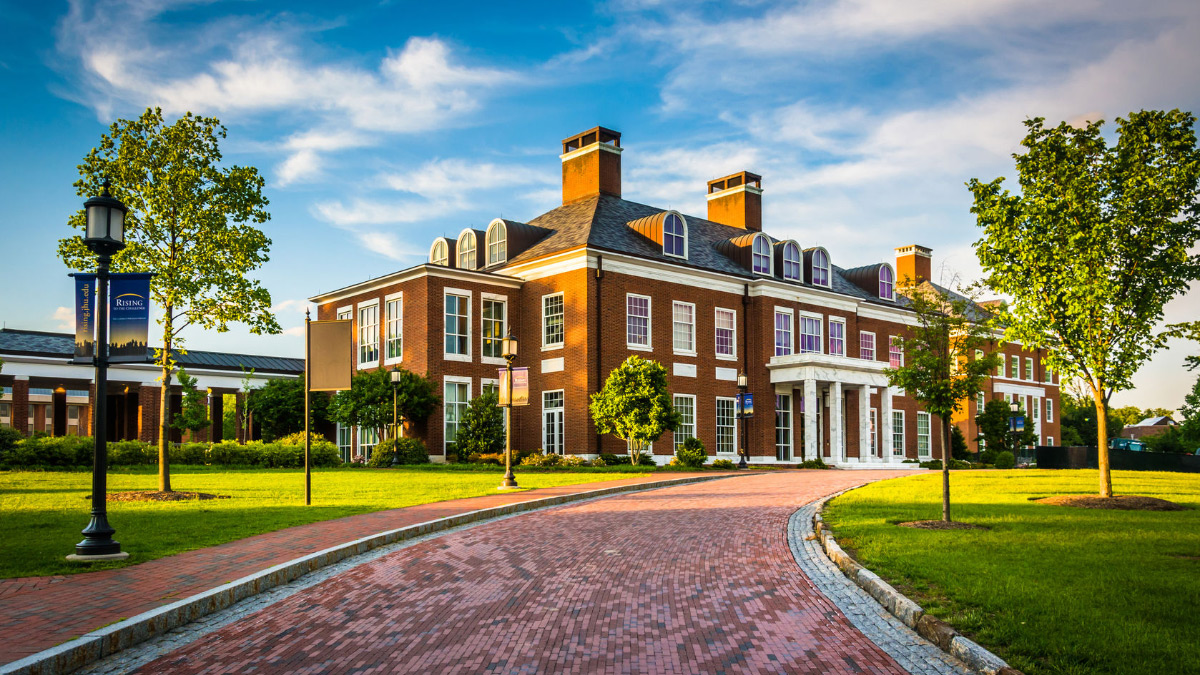In evaluating real estate, it is often claimed it’s all “location, location, location.” The folks at CollegeVine have come up with an interesting list of America’s 10 most underrated universities and if they are to be believed, what applies to real estate may also apply to colleges and universities. CollegeVine has been approvingly featured in this space before; three teenagers started a college admission advisory service that seems to work remarkably well. They now have turned their attention to the business of ranking colleges and universities.
CollegeVine’s CEO Jon Carson says,“We’ve ...seen that families tend to undervalue the importance of the metropolitan area that a college is located in.” Carson’s colleague Vinay Bhaskara adds, “When we look at how to advise families on colleges that are underrated, our primary focus is on outcomes...most specifically financial outcomes like starting salary and ROI [return on investment], as well as...job placements.”
CollegeVine is echoing the sentiments of most Americans: the number one job of college is to provide access to good jobs. College is an investment, and as with other investments, people (students in this case) wish to maximize their rate of return. The elite Ivy League schools provide good jobs and, especially for those getting lots of financial aid, offer a very good return on the investment, but even most reasonably good students cannot get into those schools. Where to go?
CollegeVine says the most underrated school in America is San Jose State University, near the epicenter of Silicon Valley. It has a pleasant campus, cheap, relatively easy to get into, with a decent reputation (I was there a couple of months ago and was fairly impressed). Its students are near many Silicon Valley powerhouse companies like Apple and Facebook, where they can do internships while in school.
The other nine of the top 10 schools are in or near just four areas known for having hot job markets: New York City (Fordham University, SUNY Binghamton and the City University of New York), Boston (Babson College, Wellesley College and the Worchester Polytechnic Institute), southern Texas (the University of Houston and University of Texas at Austin), and Washington, D.C. (George Mason University).
Babson is not even ranked by US News, presumably because it is a rather unique institution specializing in training entrepreneurs. When I directed the Forbes top college rankings, we decided to include Babson (which is ranked a very respectable 64th this year). According to the U.S. Department of Education’s College Scorecard, recent Babson attendees earn on average more than recent Harvard graduates. Only three of the CollegeVine top 10 schools make the Forbes top 100 (Wellesley, UT Austin and Babson). But all schools had decent to very good rankings, though most not as good as more selective nearby schools that typically are more expensive. George Mason, ranked a solid 169th (out of 650 schools) on the Forbes list is much less prestigious than Georgetown, and even less so than George Washington, American University or the University of Maryland, but it is cheaper and easier to get into than those schools. And its graduates are pretty respected. The University of Houston, lowest ranked of the CollegeVine top 10 by Forbes at 330, has some respectable programs like petroleum engineering that attract students who do very well after graduation.
Why does UT Austin make CollegeVine’s top 10 while many other more prestigious state universities, like the University of Michigan or the University of Virginia, do not? Because Austin is a red-hot booming town, more so than Ann Arbor located in the far less vibrant Detroit metropolitan area.
One can quibble with any rankings. Maybe the not overly selective but decent University of Washington at Bothell is a viable alternative to the nearby main UW campus in booming Seattle, for example, and should have been included. Of course, there is more to life than a well-paying job. CollegeVine is saying, “What are some underappreciated, decent schools for good but not academically extraordinary students in booming labor markets?” I commend it for its effort and for providing information useful to many prospective college students. And this opens up other avenues of inquiry. What are the most overrated schools, for example? What schools are the riskiest to attend, where the return on investment is extremely volatile, varying enormously between students?












